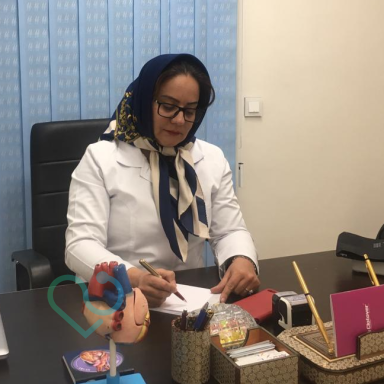What is the difference between LASIK and LASEK?
Both methods (LASIK and LASEK) are laser surgeries that aim to improve vision by reshaping the cornea. The cornea is made of five thin, transparent layers of tissue at the front of the eye that bend and refract light, helping with the process of vision by focusing light onto the retina.
- In the LASIK method, the surgeon cuts a thin flap (approximately 100 to 180 microns thick) from the cornea tissue. The flap contains both the epithelial layer (the upper layer) and part of the stroma layer. In LASIK, the flap is not removed from the cornea but is connected by a very thin tissue, allowing the surgeon to lift the flap carefully and reshape the underlying cornea with a laser.
- In the PRK method, the surgeon manually removes the top layer of the cornea, known as the epithelium, either with a laser or an alcohol solution and a fine surgical blade. The tissue removed is much thinner than the flap in LASIK, and the stroma layer is not present. This tissue layer is not replaced since the epithelium regenerates by itself. Therefore, there is no risk of flap displacement. A bandage lens is placed on the eye after the procedure.
- In the LASEK method, the epithelium tissue is softened with a weak alcohol solution. Then, the surgeon carefully removes the tissue with a blade without using a laser, lifting a thin flap of tissue. The thickness of the flap in LASEK is about 50 microns. The surgeon then reshapes the cornea with a laser and places the epithelium back into its original position. As with PRK, a bandage lens is placed on the eye to help the epithelium heal over time.

Both LASEK and LASIK methods can be used to address the following eye problems:
- - Myopia: Inability to see distant objects clearly
- - Hyperopia: Inability to see close objects clearly
- - Astigmatism: An irregular eye shape causing blurred vision
Differences Between LASIK and LASEK
The main difference between LASIK and LASEK is the thickness of the tissue being cut. In LASIK, the epithelium and part of the stroma layer are cut and lifted, while in LASEK, only the epithelium layer is removed.
How does recovery occur?
The recovery time for LASEK is longer than for LASIK, as the reattachment of the epithelium layer takes some time and the alcohol solution may irritate the eye. The recovery time for LASEK is 4 to 7 weeks, and full vision is restored within 1 to 2 weeks. After LASIK, you will likely see much clearer than before (even without glasses or contact lenses). You may even have full vision the day after surgery. During the eye recovery period, you won’t experience much pain or discomfort. In some cases, you may feel a slight burning sensation for a few hours after surgery, but it should not last long.
Your doctor may prescribe lubricating or medicated eye drops to help with any irritation, which may last for several days. Recovery from LASIK is faster, and you will likely have better vision within a few days, although full recovery may take several months.

Is one method more effective than the other?
Both techniques are equally effective for permanent vision correction. The main difference lies in the recovery time.
Potential Risks
The potential risks of these methods include:
- - Dry eyes: Particularly, LASIK can cause reduced tear production for up to six months after surgery. This dryness can sometimes be permanent.
- - Visual disturbances or changes: This may include sensitivity to bright lights, halos around lights, double vision, or poor night vision. The last symptom often disappears after a few weeks but may become permanent. If these symptoms persist beyond a month, consult with your doctor.
- - Distorted vision: The surgeon may remove more corneal tissue than necessary, which can lead to visual distortion known as ectasia.
- - Astigmatism: If the corneal tissue is unevenly removed, the curvature of the eye can change, possibly requiring corrective surgery or the use of glasses or contact lenses to fully correct vision.
- - Flap complications in LASIK: Problems with the detached corneal flap during the LASIK procedure may lead to infection or excessive tear production. Irregular healing of the epithelium under the flap can also cause visual distortion.
- - Permanent vision loss: As with any eye surgery, there is a small risk of damage and complications that could result in partial or complete vision loss. Your vision may appear slightly cloudy or blurrier than before, even if your vision has improved.
Who is suitable for each method?
There are basic conditions for undergoing these surgeries:
- - Age over 18 years
- - No significant vision changes in the past year
- - Not being pregnant or breastfeeding
- - Pupil size should be around 6 millimeters in a dark room.
Not everyone is eligible for both surgeries, and there are reasons that may make you more suitable for one method over the other:
- - Chronic allergies that may affect the eyelids and eye healing.
- - A condition affecting the eye, such as glaucoma or diabetes
- - An autoimmune disease that can affect healing, such as rheumatoid arthritis or lupus
- - Having thin corneas that may not be strong enough for either procedure. This typically makes you ineligible for LASIK.
- - Having large pupils that increase the risk of visual disturbances and may make you ineligible for LASIK.
- - Previous eye surgery (LASIK or PRK) may increase the risk of complications.












Commentaires de nos clients
Aucun commentaire enregistré